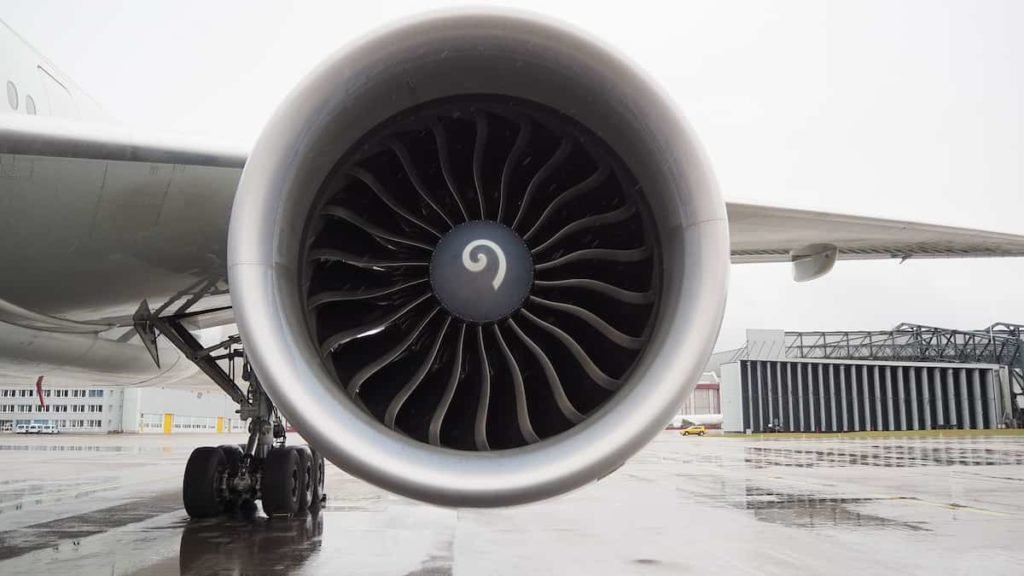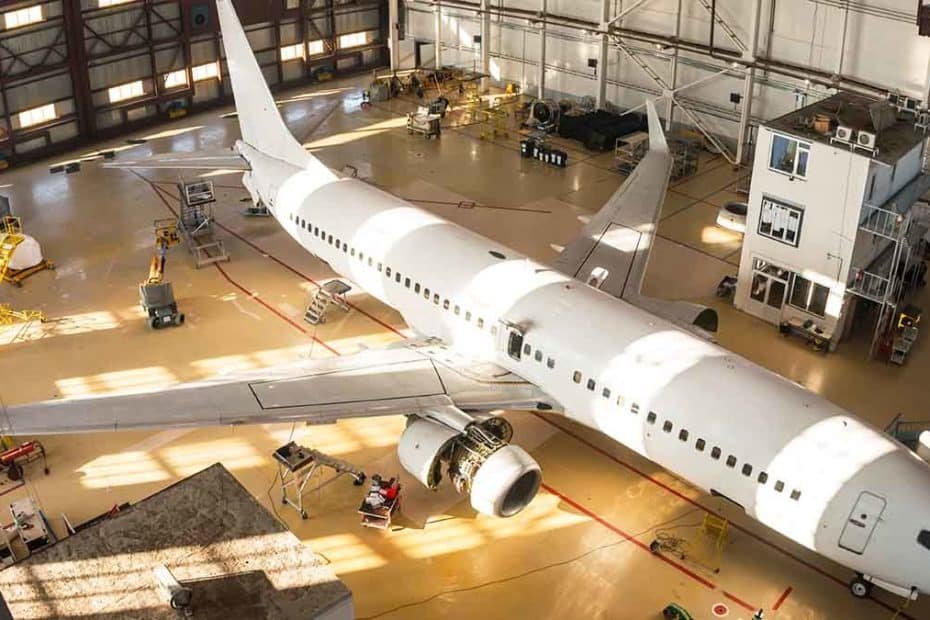What are assembly templates in aircraft maintenance?
A routine data quality check for Quality Assurance and Technical Records personnel includes confirmation that aircraft and their respective major and minor subassemblies are configured to ensure all necessary components, inspections, ADs and SBs are tracking correctly data-wise. Such confirmation of data quality is necessary given the nature of aviation maintenance tracking and related regulatory oversight, so is it surprising that many maintenance management solutions do not offer comprehensive assembly template control utilities.
RAAS assembly template control utilities allow our customers to define the structure of any assembly, be it a minor virtual assembly such as a battery with one or many associated limitations, or a complex major assembly such as an engine or landing gear. Assembly templates are set at the assembly type, and assemblies are nested, which by extension means assembly template management in RAAS is based on inheritance.
Harnessing the power of component position control
For example, imagine an aircraft with two engines and each engine having a fuel control unit, and each fuel control unit (FCU) having an MPD-based maintenance limitation. In this scenario, a configuration template would be created for the FCU PN to describe the fact that for it to track correctly it must have the MPD-based maintenance limitation implemented. The engine PN would also have a configuration template, which would describe the need for each engine to have one FCU installed. The aircraft would also have a configuration template, identifying that each aircraft must have two engines installed, and those engines should have position labels of, perhaps, LH and RH.

In the simple template scenario described above RAAS has enough information to impose rules and behaviours on users of the system, at various levels and in multiple departments. At a very high level, the templates allow a program manager or QA auditor to perform aircraft and assembly configuration verification analysis with a click of a button, with the ability to have the system keep a log of anomalies. At the Technical Records level, while updating aircraft technical records users are proactively notified if a given aircraft or assembly does not meet template standards, which includes control of normalized position labelling standards such as ensuring designated “LH” and “RH” are used as engine position labels rather than “#1” or “#2”.
Position labels are also subject to inheritance. In the aircraft-engine-FCU scenario mentioned above, we have a situation where the aircraft has LH and RH engines and each engine has a single FCU installed. Let’s imagine each FCU has a position label of “Only”. In this situation and due to inheritance, RAAS will set the position label of the FCUs based on their parent assembly locations, such that the FCU attached to the LH engine will be called “LH-Only” and the FCU attached to the RH engine will be called “RH-Only”.
Get started with assembly templates and component position control
The above describes the rudiments of RAAS assembly template and position control. A very powerful toolset that can be deployed to help manage the large quantities of data found at most fleet operators, and one that can be completely tailored to meet the unique requirements of each individual RAAS customer. Another example of how AIS delivers high-quality real-world advantages to our RAAS customers. If you are looking to replace your aircraft maintenance system, send us
